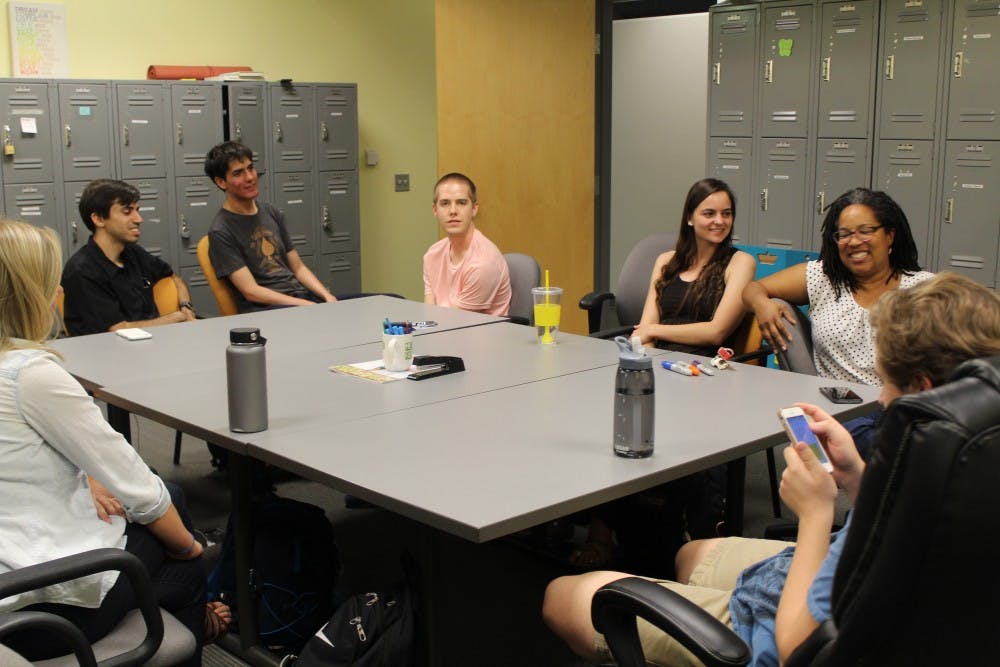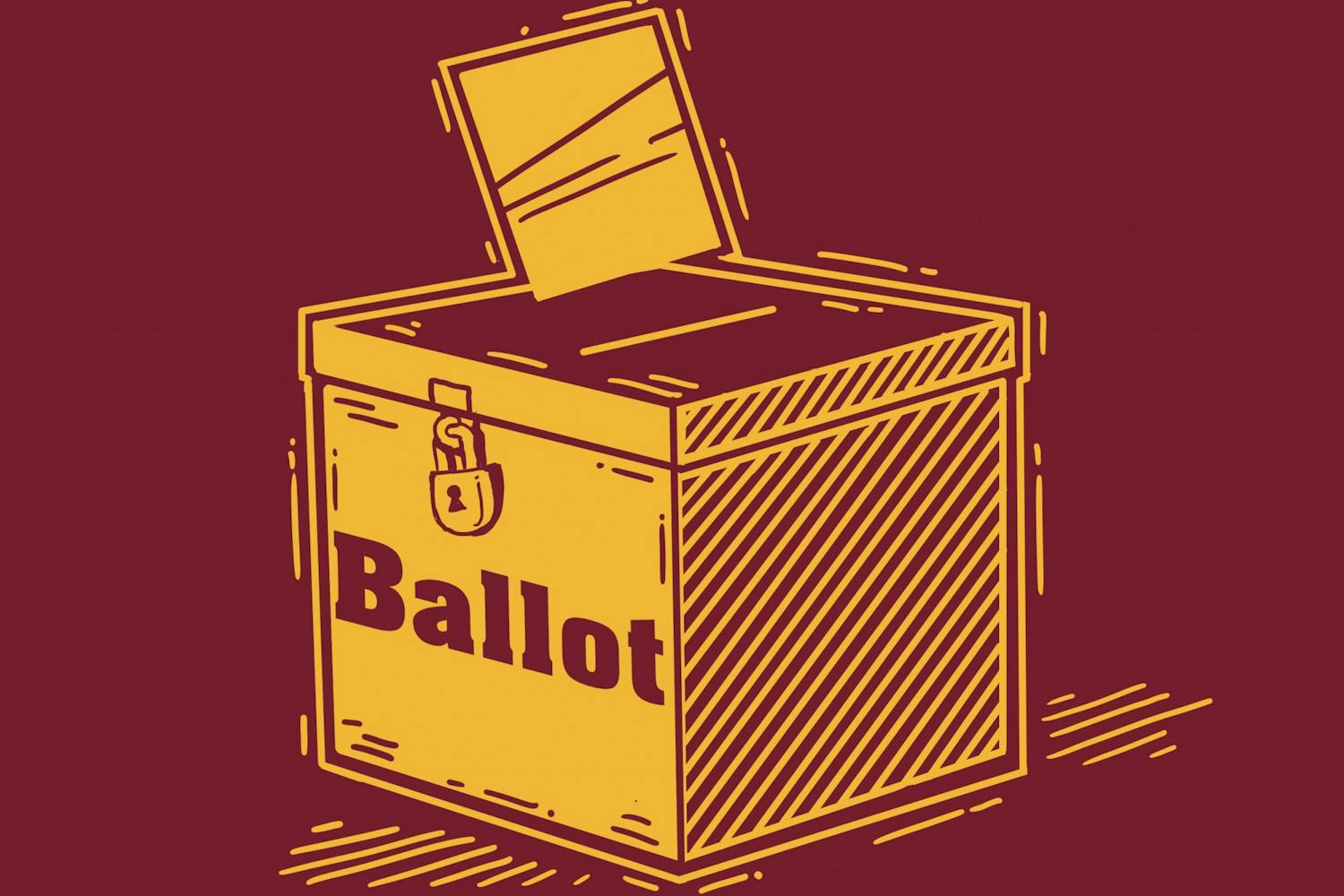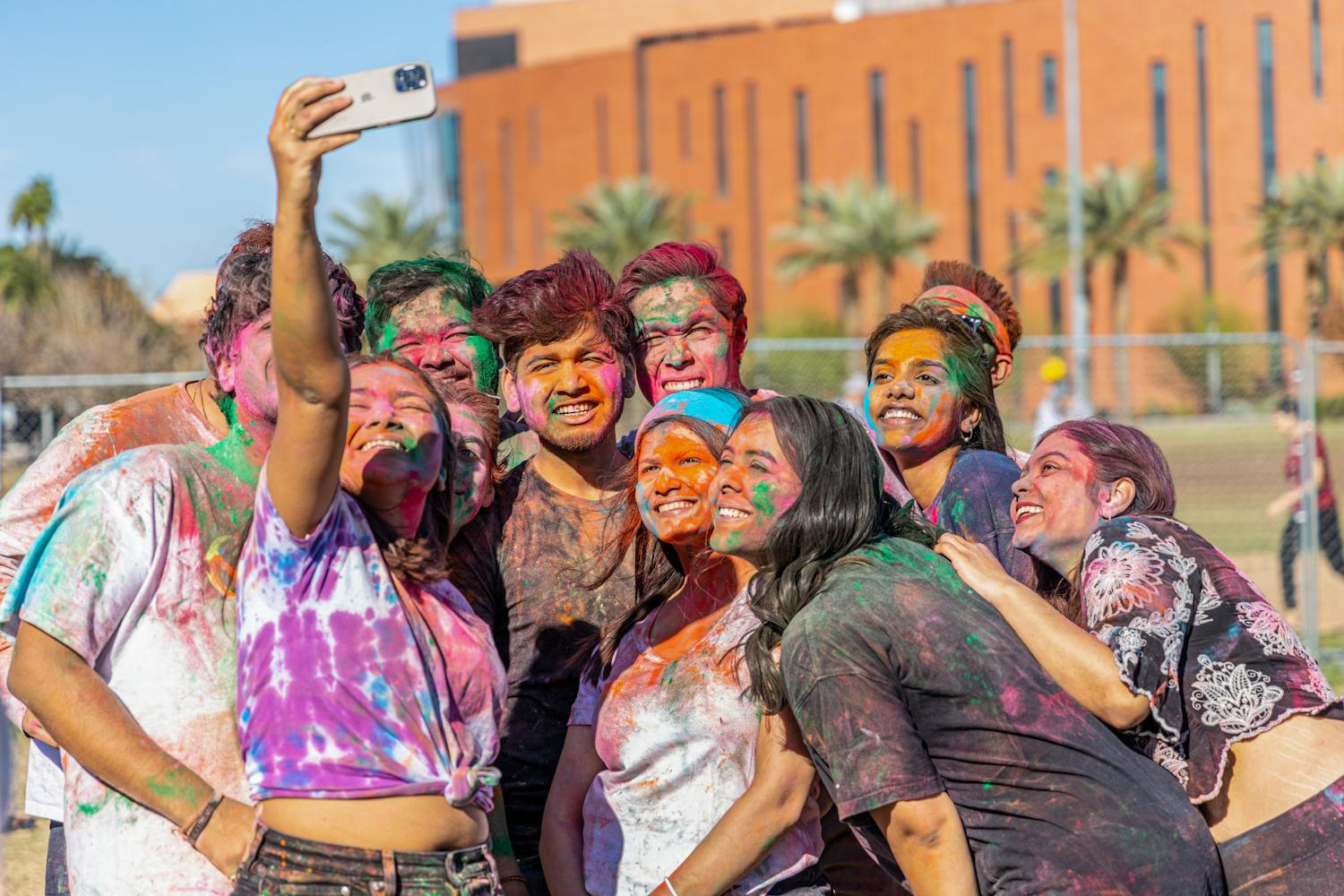The transition between high school and college can prove to be difficult for individuals with autism, and their college retention rates remain low despite resources to help them complete coursework.
About 50,000 Americans with autism enter adulthood each year and about one-third of these young adults attend college after high school, according to Autism Speaks.
Jennifer B, a sophomore with autism studying informatics, said in an email interview that students with autism are as smart as any other college student and have plenty of potential.
“But autistics are often given very little support, especially once we become adults, because the focus is on the parents’ feelings instead of the autistic person’s well-being,” she said.
The Data Regarding Adults with Autism
Jessica Rast, a research associate at the A.J. Drexel Autism Institute, helped author the National Autism Indicators Report: Transition into Young Adulthood study.
The study followed students in special education programs through high school and up to eight years after high school.
“One of the big problems that students with autism face is the transition period and learning to navigate the college systems which are completely different from what they had to do when they were in high school,” she said.
The study found that fewer than 20 percent of college students with autism had graduated or were even on track to graduate five years after high school. Rast said some of her colleagues believe that the number goes up to 39 percent after the students are seven years out of high school.
Rast said that while the numbers increased, these students had an extra two years to complete their degree.
“We focus on adults because we’re trying to see how life turns out for adults and what kind of service could be offered to increase quality of life,” Rast said.
According to Interagency Autism Coordinating Committee, 2 percent of research funding for autism in 2015 was spent on long-term issues such as the lives of individuals with autism after they graduate high school.
Autism research focuses on early childhood treatment and support services because early intervention of the disorder can improve a child’s outcomes, but less time and research is spent on adults with autism despite the fact that many adults with autism aren’t independent, according to Autism Speaks.
The Stigma Surrounding Autism
ASU’s Disability Resource Center provides resources for students with autism. The center has approximately 120 students with Autism spectrum disorder, according to a statement from the DRC. However, not all students with autism choose to register with the DRC.
Autistics on Campus President Ryan Borneman, a junior studying robotics engineering, is one of the founders of Autistics on Campus.
Many students with autism do not reach out to ASU’s Disability Resource Center because of the stigma surrounding the disorder.
“There are many things about the stigma, the way that autism is depicted, I believe, is on par with retardation,” Borneman said. “Because society has such a view of autism, they tend to reject the people who are characteristic of the disorder.”
Borneman said the stigma divides people between “normal people” and “autistic people.”
Maria Dixon, a speech and language pathologist and clinical associate professor at ASU, is the faculty advisor for the ASU organization Autistics on Campus.
Dixon said ASU provides resources for students with autism, but it depends on whether or not a student wants to identify with Autism spectrum disorder at the Disability Resource Center when they start their classes at ASU.
“We do know that people do come to college, and they may not access those services because there’s a stigma to autism,” she said.
According to a 2011 Education Department study about post-high school outcomes of young adults with disabilities, 37 percent of students with autism don’t disclose they have autism to their new school.
Transitioning from High School to College
Autistics on Campus provides students with Autism spectrum disorder with a community, Dixon said.
Students with autism face the challenges of increased amount of group projects, accessing ASU's services and having less access to professors, Dixon said.
Most people with autism find social interaction difficult, so Autistics on Campus provides a safe place to interact with fellow students who are experiencing the same difficulties in college life, Dixon said.
“That might be why they don’t finish school despite having the intellectual skills,” she said.
Up until high school, a student with autism has an educational plan, or IEP, which allows everyone involved in the student’s education to work together to reach certain goals and coordinate services, Dixon said.
“But once you come to college that entitlement is no longer available, so you have to figure out what it is you’re going to do,” she said.
Dixon said she thinks retention of students with autism is difficult because of the transition between high school and college. Students need more than just academic skills, she also said.
“Now, you have to do some self-advocacy,” she said. “You might have to go and find out what is available on campus either through the DRC or you might have to advocate for yourself about what you need in your class.”
Jennifer B said she had to make adjustments to her life when she transitioned from high school to college.
“I have noticed the need for work-arounds, mainly because my brain is differently programmed,” she said. “I also have to manage my workload more carefully because living in a non-autistic world is inherently stressful, so I need to avoid adding too much stress on top of that, or I will start getting sick.”
Jennifer B said she has noticed a lot of ignorance on campus, but most of her friends are open to learning about autism.
However, some of her professors have come off as “extremely hostile” if she challenges their preconceptions of autism, she said.
“People who think they know very little are often very open,” she said. “People who think they know everything can be very cruel.”
Jennifer B said she thinks many students with autism drop out of college because a lack of support.
“I have a ton of people in my corner: my parents, the Disability Resource Center, an autism specialist I see routinely,” she said. “They’ve helped me navigate tricky situations like stress management, roommate drama and group projects with some motivationally challenged group members.”
She thinks people with autism can benefit from having people to help them when they’re struggling. When she was transitioning from high school to college, she didn’t have as much support and knowledge about autism as she does now.
“I was basically doing everything alone,” she said. "Finding others like you can be like finding a home you never knew you had."
Borneman said that while he has never been diagnosed with autism, he has struggled with communication among his peers.
One of the reasons college students with autism don’t continue their college education is because they are simply uncomfortable with the environment they are in, Borneman said.
ASU is a large school, Borneman said, and students with autism find relating to others difficult.
“The odds of running into someone (at ASU) very characteristic of yourself is very slim,” he said.
Reach the reporter at anbuechl@asu.edu or follow @alexa_buechler on Twitter.
Like The State Press on Facebook and follow @statepress on Twitter.




